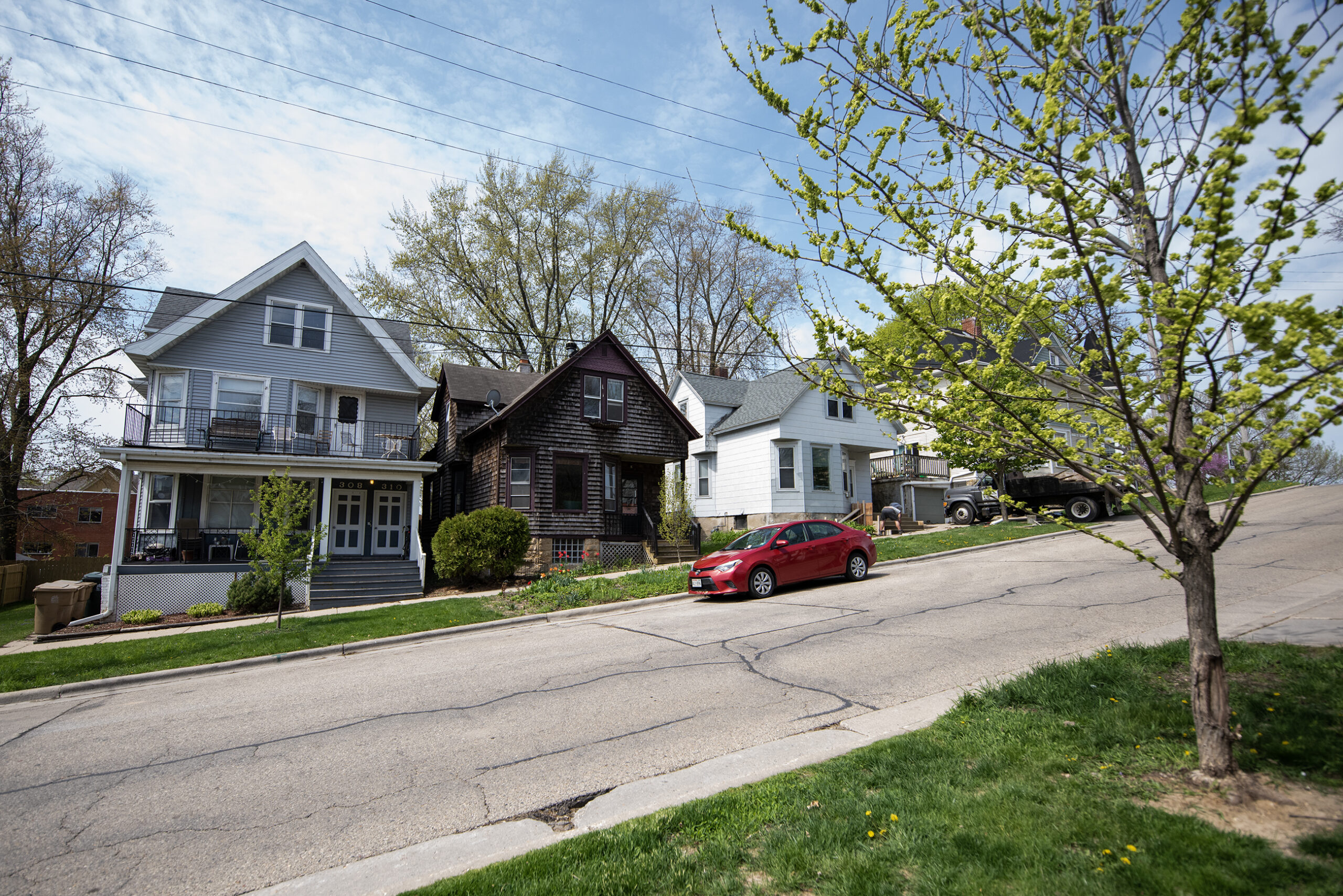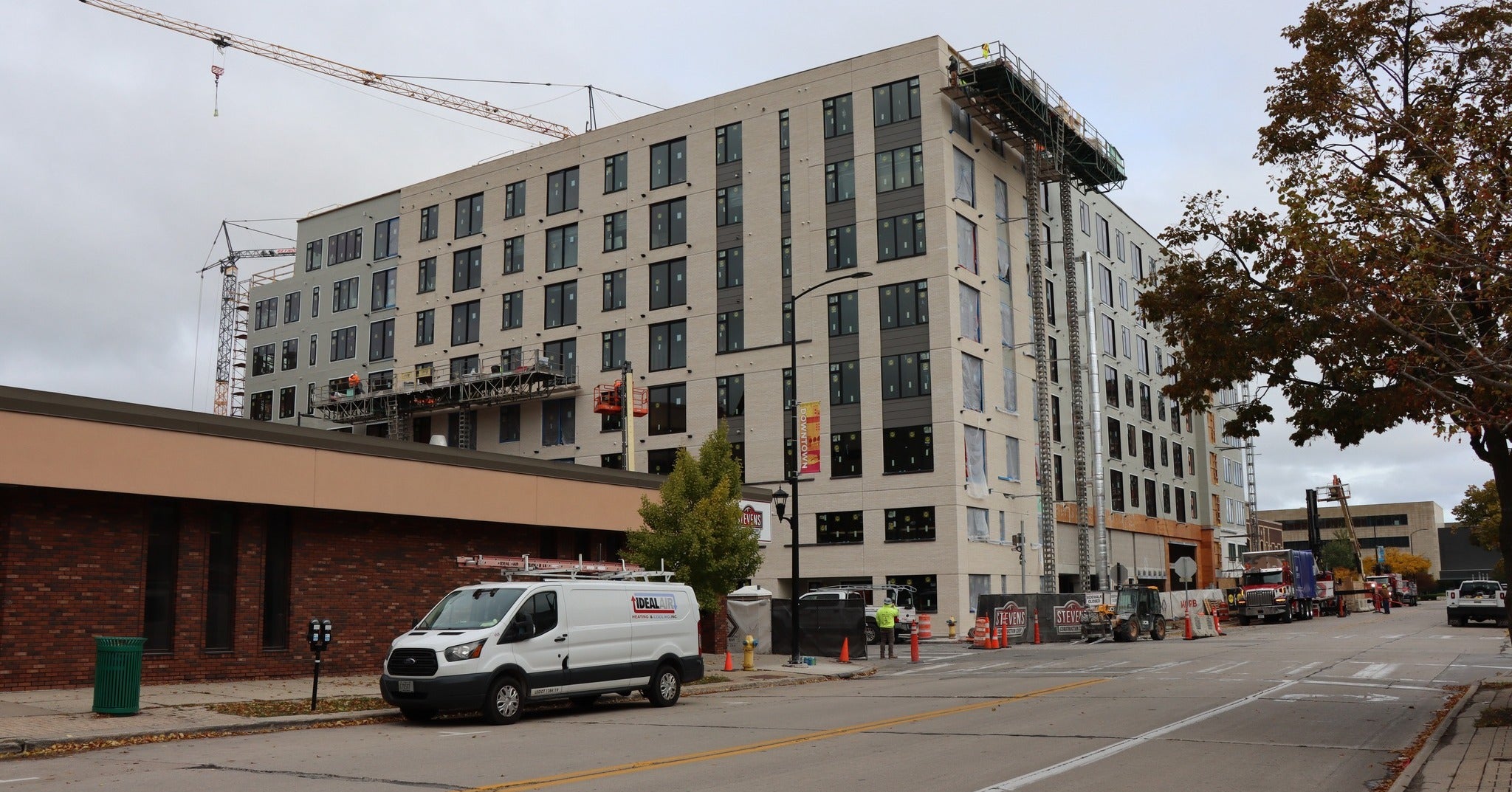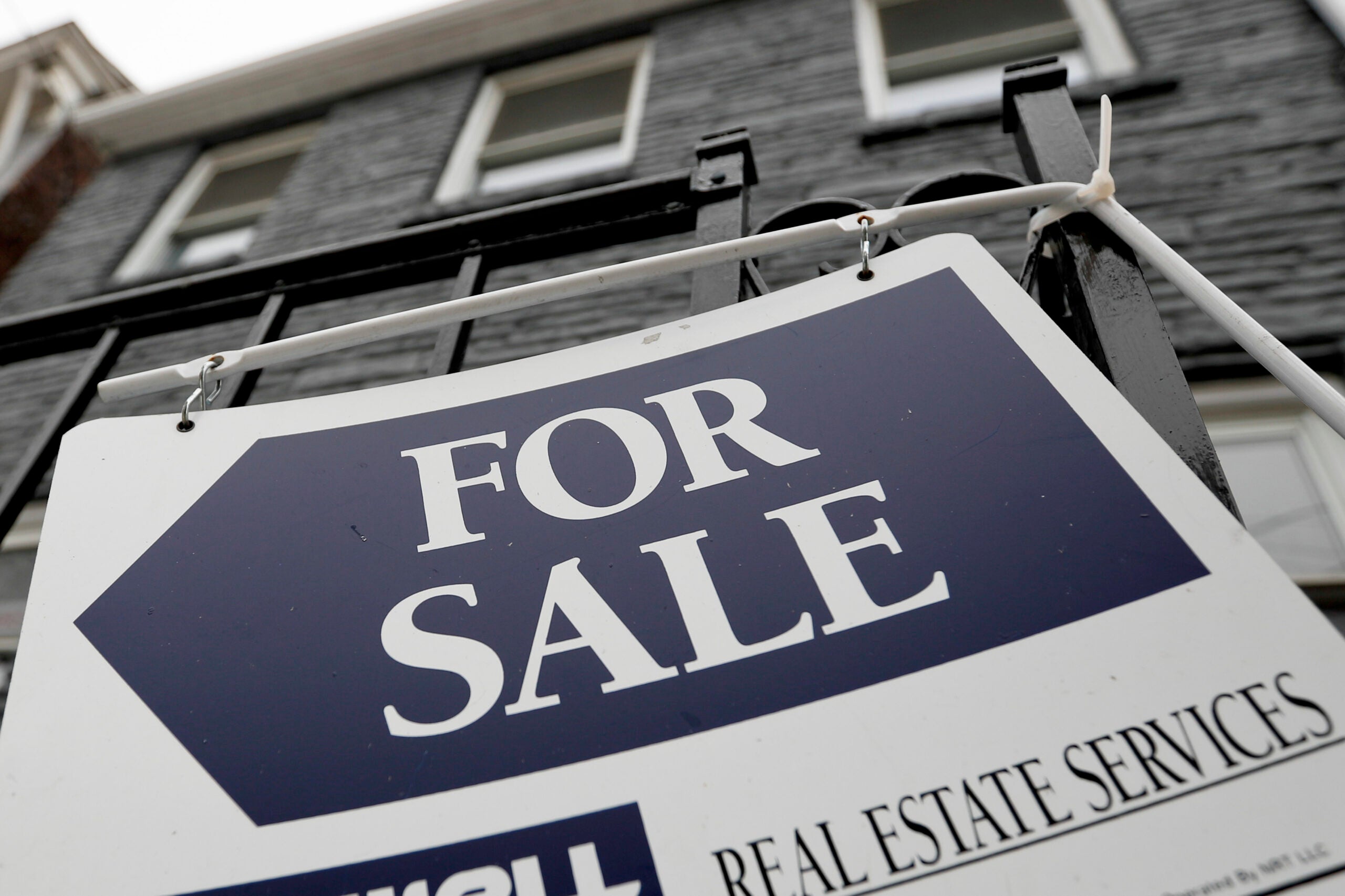The average household size in Wisconsin, like the country overall, has been falling for decades, creating a mismatch between the types of housing available and what’s needed to meet shifting demographics.
That’s according to a new report by the Wisconsin Policy Forum, which found the state’s decline in household size has been more pronounced than the nation as a whole.
In 1970, an average 3.22 people lived in each Wisconsin home, while the country’s average was 3.11. By 2020, Wisconsin’s average household size was 2.36 people and the nation’s was 2.55.
News with a little more humanity
WPR’s “Wisconsin Today” newsletter keeps you connected to the state you love without feeling overwhelmed. No paywall. No agenda. No corporate filter.
Longer life expectancies and declining marriage rates fueled the decline, according to the report.
Researchers found that states with older populations tended to have smaller household sizes. In 2020, Utah had the youngest median population age and the largest average household size, while Wisconsin had the 13th highest median population age and the sixth lowest median household size.
“That’s a contributing factor because as people get later on in life, they typically live in smaller households,” said Mark Sommerhauser, communications director for Wisconsin Policy Forum.
Nationally, the report says 35 percent of Americans between 25 and 50 years old had never been married as of 2018. In 1970, that number was 9 percent.
“That’s just a really stark sort of cultural shift in America, and it’s another thing that I think is contributing to smaller average households,” Sommerhauser said.
Wisconsin has had a higher share of one-person households than the nation since 2000. That year, 26.8 percent of Wisconsin households only had one person and the country had 25.8 percent. As of 2020, 30 percent of Wisconsin homes were one-person households and 27.6 percent for the country.
According to the report, that’s left the state with a mismatch in the types of housing available and what’s needed. The median year in which Wisconsin housing was built is 1974, when the state had fewer one-person households than it does today. And nearly 19 percent of Wisconsin’s housing units were built before 1940.
“Our whole supply of housing in our state was built during a time when households looked different,” Sommerhauser said. “That’s just the fundamental thing. We have a slightly older housing stock than the nation as a whole.”
In Milwaukee, one-person households far outnumber one-bedroom homes
The mismatch between the types of housing available and what’s in demand has been especially pronounced in the city of Milwaukee.
The city has added around 9,300 over the last decade one-person households over the last decade, but added only roughly 2,200 new studio or one-bedroom units in that time, according to John Johnson, a research fellow at Marquette University Law School Lubar Center for Public Policy Research and Civic Education.
He estimates the city has 35,000 more single-member households than studio or one-bedroom units, but it has 23,000 more two-bedroom units than it does two-person households.
For three-bedroom units, that disparity is even more pronounced, as the city has 53,000 more three-bedroom units than it has three-person households.

Over the last five decades, Johnson said Milwaukee’s population has decreased, but the number of households has stayed about the same, due to “remarkable” growth in the number of people who live alone.
He said there’s 34,000 more one-person households in the state’s biggest city than there were in 1970, and the imbalance in housing and household type stems from the time in which most of the units were built.
“Most of the housing in Milwaukee was built quite a long time ago, even longer ago than in the state average,” he said. “Houses were built for families in the past. There are no longer that many families living in the city. Instead, we have a lot of people living by themselves.”
Johnson said new construction is addressing the shift in market demand, as most of the new apartment buildings in the city have smaller units, but it’s only a partial solution.
He said the city needs to build more small units in the historic high-demand neighborhoods that are currently filled with single-family homes and duplexes, as well as allow for accessory dwelling units — smaller units located on the same land as a single family home.
“Those are the kinds of policies that will allow neighborhoods to maintain the historic population density that they previously enjoyed because they had larger families living in houses,” he said. “If you don’t build more housing units in a neighborhood, the population will decline as the average household size declines.”
Wisconsin Public Radio, © Copyright 2026, Board of Regents of the University of Wisconsin System and Wisconsin Educational Communications Board.





